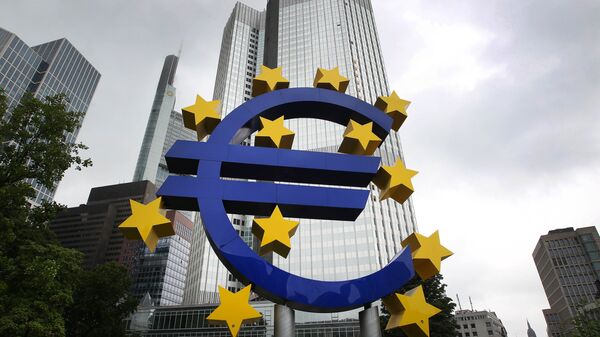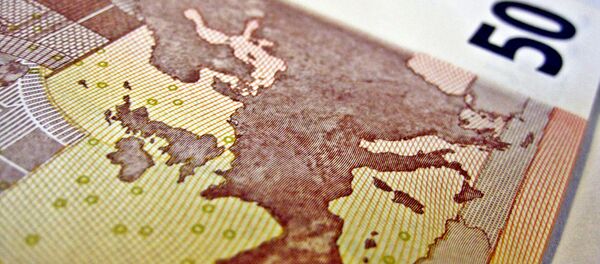Kristian Rouz – Post-Brexit anxiety reflected negatively on euro-area growth prospects and economic confidence in the light of the impending trade disruptions and structural weaknesses. Economic expansion was unchanged in the fourth quarter compared to the previous three-month period.
Two flagships of the Eurozone economy, Germany and Italy, missed earlier estimates for their 4Q16 economic growth. The Netherlands underperformed as well, while France and Spain posted growth figures in line with expectations, albeit modest ones. The Eurozone GDP, subsequently, rose 0.4pc in the fourth quarter compared to the same 0.4pc in the July-September period.
Meanwhile, as growth in Northern Europe remains relatively stable, the slump in Greek economic activity and lingering debt issues has dampened overall business confidence across Southern Europe. The change of course in US trade and fiscal policies, as well as intensified normalisation on the monetary side, will also affect continental Europe throughout the year. Meanwhile, Brexit has been deemed a long-lasting issue, exerting downward pressure on overall economic confidence.
The GDP of Germany, the driving force behind the Eurozone’s expansion, grew 0.4pc in 4Q16 compared to earlier expectations of 0.5pc. For the year 2016, the German economy added 1.9pc. The German GDP underperformed mainly due to complications affecting the nation’s foreign trade; the fourth quarter’s expansion was almost entirely driven by domestic demand. Meanwhile, Germany is significantly reliant on the exports of its manufactured goods.
In Italy, the economy expanded 0.2pc, having missed earlier projections by 0.1pc. The Italian situation is largely complicated by a lack of business confidence due to banking sector anxiety, led by the Montce Pasci woes. Another negative factor is December’s constitutional referendum, which many investors saw as a possible precursor to ‘Itexit’.
“The data are alright – German growth is solid, and impulses came exactly from where we expected them,” Marco Wagner of Frankfurt-based Commerzbank AG said. “Growth drivers will be similar in 2017.”
The main drag on the Eurozone economy is the abundance of downside risks in Germany. According to a report by the ZEW Centre for European Economic Research, investor sentiment in Germany dropped to 10.4 in February from 16.6 the previous month, rendering early 2017 projections for the Eurozone’s GDP quite pessimistic.
“Higher inflation is likely to weigh on disposable incomes and private consumption,” Matthias Thiel of London-based BNP Paribas said. “Comments from the German statistics office suggest that the miss was due to strong imports. That, in turn, implies that underlying growth remained quite strong.”
Trade is becoming the most prominent issue for many advanced economies, as the UK’s ongoing separation from the EU, and the rise of protectionism in the US are the largest challenges to existing trade ties. With global free-trade being called into question by the new US administration, many trade-reliant economies are starting to feel the pain, and Germany is one prominent example.
In Slovakia, annualised economic growth in 4Q16 came in at 3.1pc, driven by manufacturing and domestic consumption. Eastern Europe in general continues to be more economically efficient than the major Eurozone economies as these nations’ budgets are not quite as burdened with social expenditures.
“While the data within the monetary union is pointing to growth risks being more and more in equilibrium, uncertainty and the risk of political shocks outside continental Europe have clearly gone up,” Yves Mersch of the ECB said.
Contrary to the ECB’s observations, however, the most important issues that the Eurozone faces are utterly domestic. The monetary stimulus is failing to spur expansion any longer, and the North-South divide is becoming increasingly apparent, revealing the gaping cracks in the economic unity of continental Europe.





